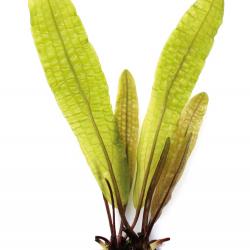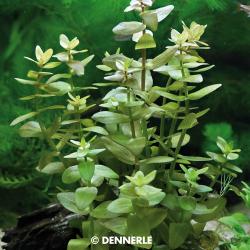
Biosphere ball
 Lighting
Lighting
 Color
Color
 Position
Position
 22 - 28 °C
Temperature
22 - 28 °C
Temperature
 CO2
CO2
 Growth
Growth
Family:
Species:
Type:

















